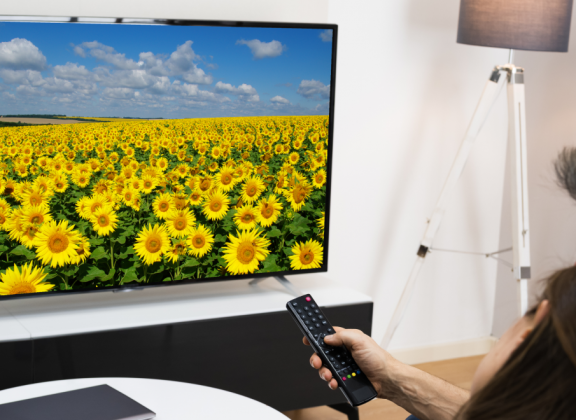As 4K resolution and HDR become mainstream in digital broadcasting, more IPTV providers are delivering ultra HD streaming packages. Major sporting events and blockbuster releases now rely heavily on enhanced dynamic range to deliver an immersive experience. But to enjoy the benefits of IPTV ultra-clear picture quality at home, users must meet a few technical requirements. Below is a detailed guide to setting up your system for flawless 4K IPTV.
Internet Connection: The Foundation of Stability
To support 4K, you must meet the right bandwidth requirements. A single HEVC codec (H.265) stream typically needs at least 25 Mbps. If multiple devices stream simultaneously, aim for a 50 Mbps connection. However, it’s not just about peak speed — consistency matters. Test your internet speed during peak evening hours, not just midday, as actual throughput can significantly drop due to congestion, affecting stream stability and image clarity.
Tip: For maximum performance, connect your IPTV device via Ethernet. While a 5GHz Wi-Fi connection can suffice, it requires optimal signal quality and minimal interference.
Devices: Set-Top Boxes and Smart TVs
Not every device labeled “4K” delivers true 4K output. Whether you’re using a smart TV or a dedicated IPTV set-top box, ensure it meets these specs for IPTV setup for 4K streaming:
- HEVC (H.265) support is a must for most IPTV providers.
- HDR compatibility: Look for devices supporting HDR10, HLG, or ideally Dolby Vision, which provides superior contrast and brightness metadata.
- HDMI 2.0 or newer interfaces are essential for smooth 4K at 60 fps and for passing HDR data.
Modern smart TVs typically meet these standards. If your TV is older, consider upgrading with an IPTV box with 4K HDR support to unlock full compatibility.
Display: Optimizing the TV Panel
No matter how capable your IPTV device is, the display panel must properly handle HDR signals. Your TV should deliver peak brightness levels of 400–600 nits to produce vivid colors in high dynamic range. Enable “Ultra HD Deep Color” or similar HDMI enhancements in your TV’s settings; otherwise, it might downscale the image to standard dynamic range and 8-bit color.
For fast-motion content such as sports or action scenes, configure the display for 60Hz output. A 24Hz refresh rate can cause stutter and motion blur.
App and Playback Settings
Many IPTV applications like TiviMate or VLC offer manual control over playback settings. You can manually define screen resolution as 3840×2160 or choose auto mode with H.265 encoding if the provider doesn’t handle adaptation. Enable hardware decoding to reduce CPU load and improve playback fluidity. For minimal delay during live broadcasts, set the buffer duration to around 3–5 seconds, especially if using a wired connection.
Don’t Overlook the Audio
Ultra HD channels often use Dolby Digital Plus or Dolby Atmos. If your home theater setup includes a soundbar or AV receiver, make sure the IPTV device supports audio passthrough. If not, you may be limited to stereo output, losing depth and clarity.
Summary: What You Need for the Best 4K IPTV Experience
To fully experience ultra high definition IPTV content at home, ensure the following:
- A stable and fast internet connection (25–30 Mbps minimum)
- A compatible set-top box or smart TV with HDR-compatible IPTV devices
- Support for HEVC codec, HDR10, and/or Dolby Vision
- A TV with sufficient brightness and proper HDMI settings
- Correct player configuration for resolution, buffering, and decoding
Investing a little time into fine-tuning your setup will dramatically improve the viewing experience. With sharp image detail, lifelike motion, and home setup for HDR IPTV streaming, you can enjoy content that rivals what you’d expect from a high-end cinema — but in the comfort of your living room.
